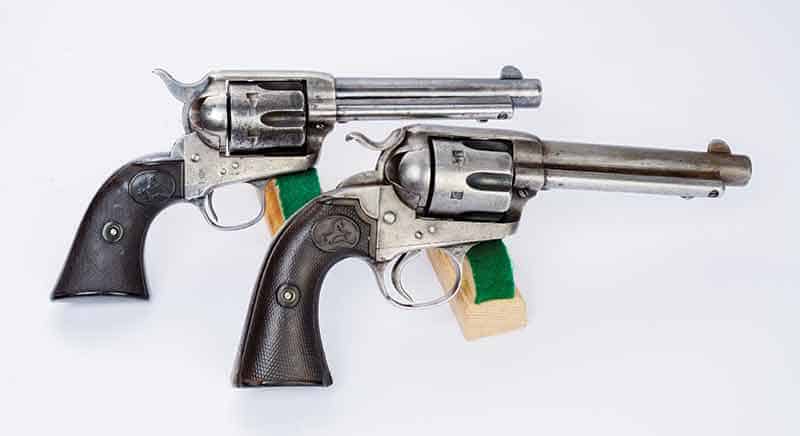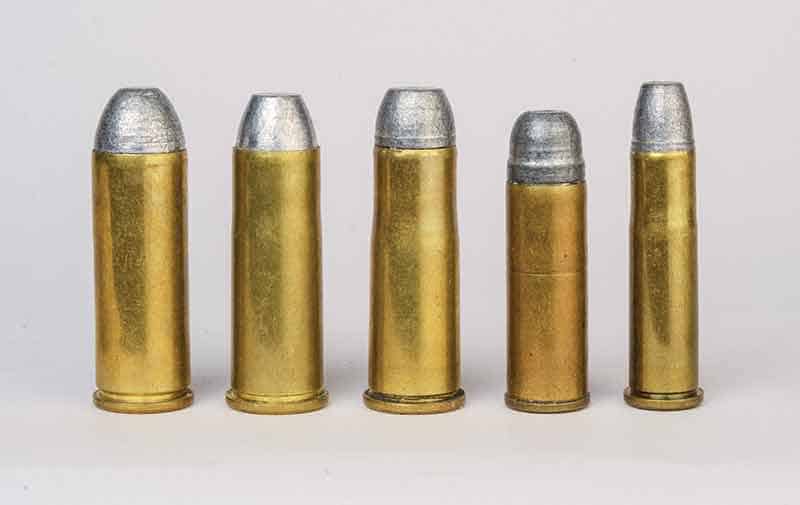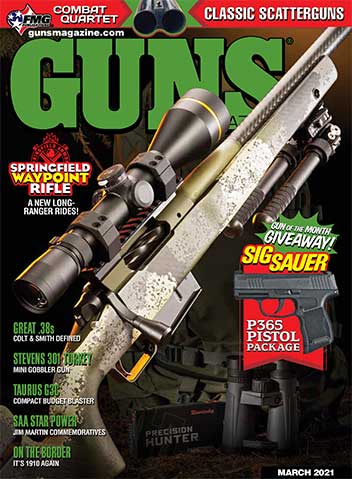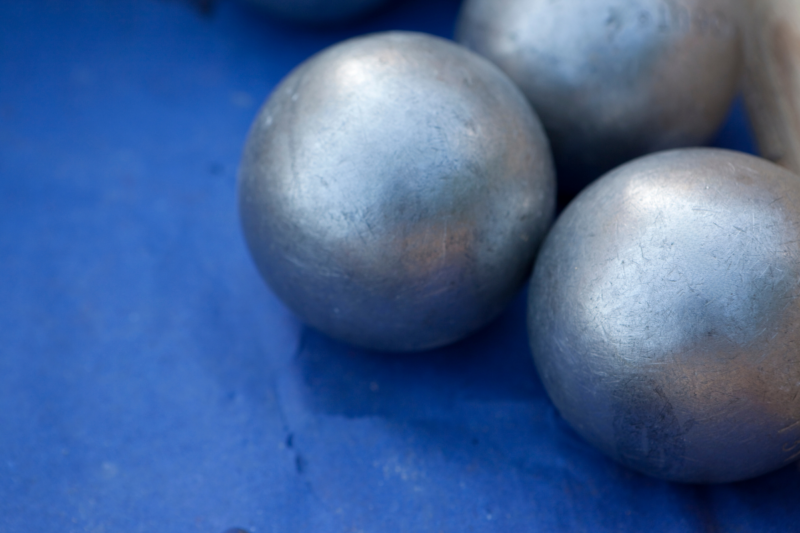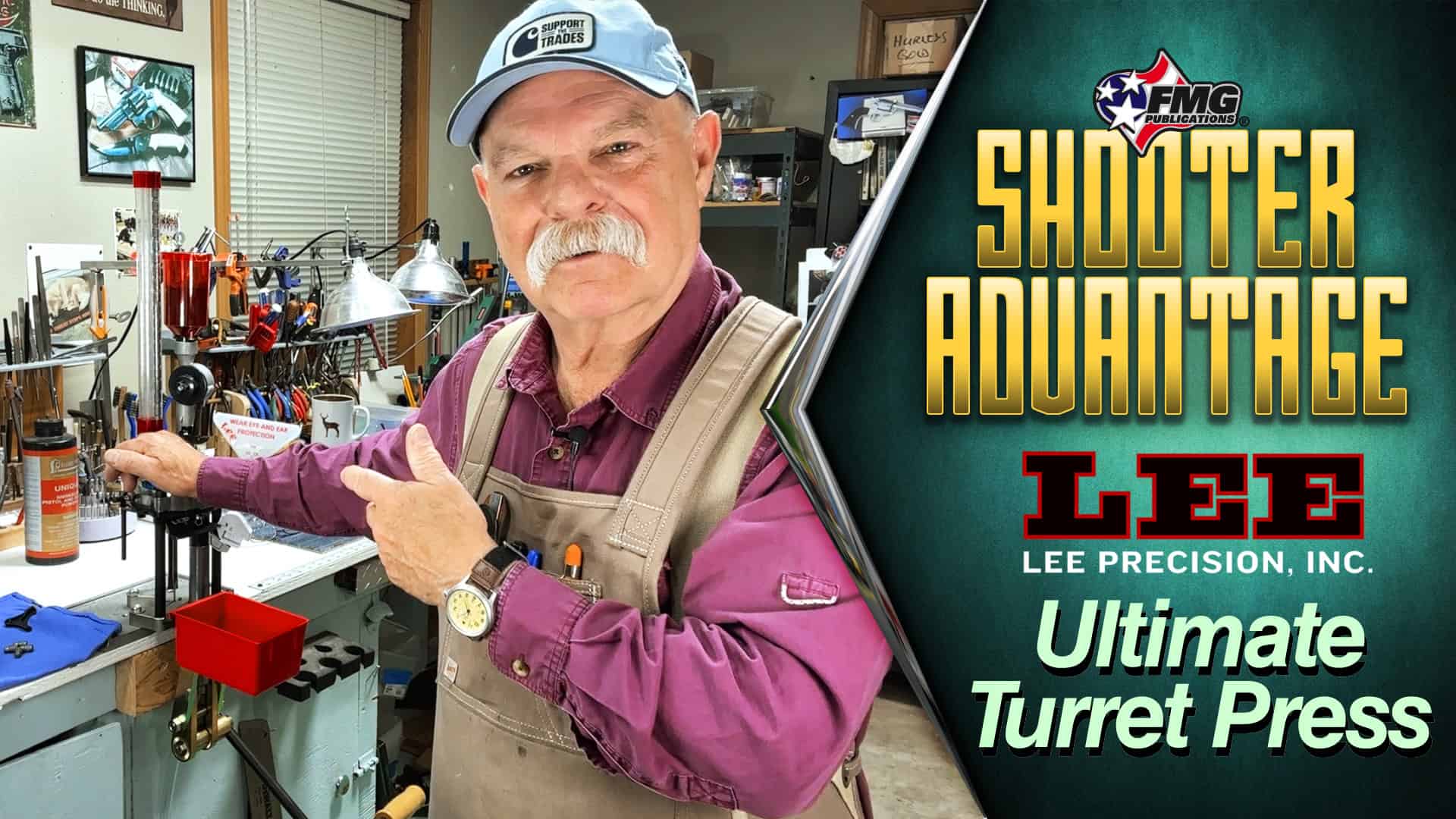Back At The Bench
Now back to handloading. In 1982 I managed to find an old Lyman bullet mold #386177. Sadly it was the heel-type design. Also found were “new” .41 Long Colt factory loads in plain white boxes. The supposed story is Winchester made a million rounds in the 1970s for some distributor. They were good — my SAA shot great with them and I got brass for reloading. The handloads giving bouncing bullets carried Bullseye powder. The heel-type bullets just set friction tight over the powder. No crimp was possible. (A friend figured out a possible crimp by altering wire-stripping pliers but that’s another story.) Even fast burning Bullseye would not ignite properly without a crimp even with magnum primers. End of story; the Colt was sold.
My second work with the .41 Colt went much better. (Note: Never have I seen a Colt revolver of any type stamped “.41 Long Colt.”) Along the way I acquired Lyman’s long discontinued bullet mold #386178 for a 200-grain hollowbase 0.386" bullet. Also a (now defunct) mold maker named Rapine offered a hollowbase 200-grain 0.386" bullet. My Colt SAA and 1877DA Thunderer shot fine with either bullet.
